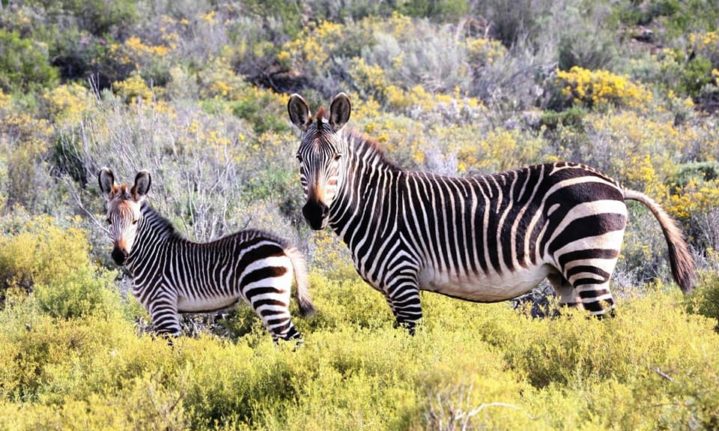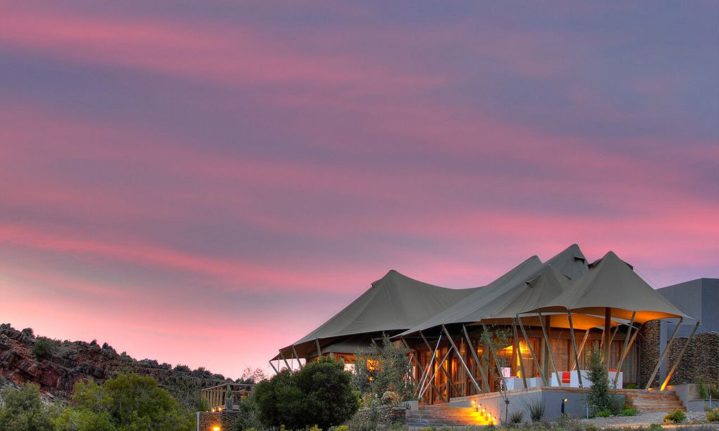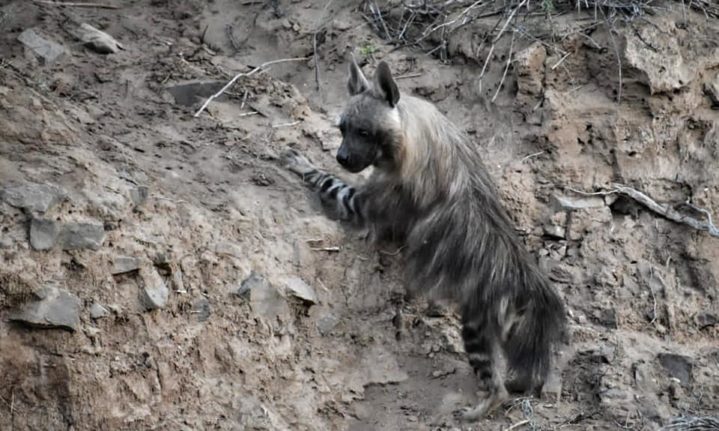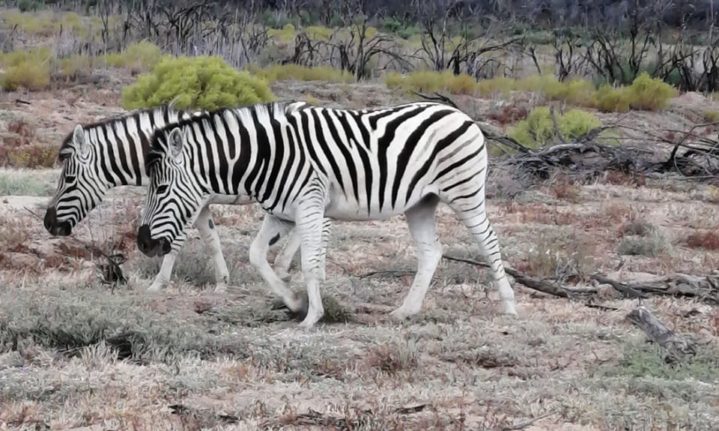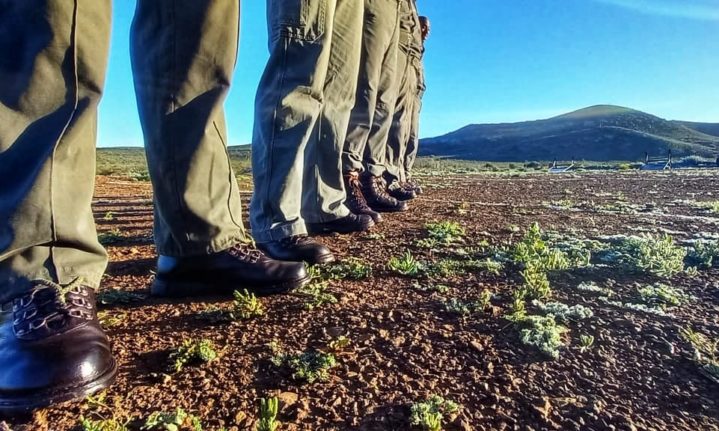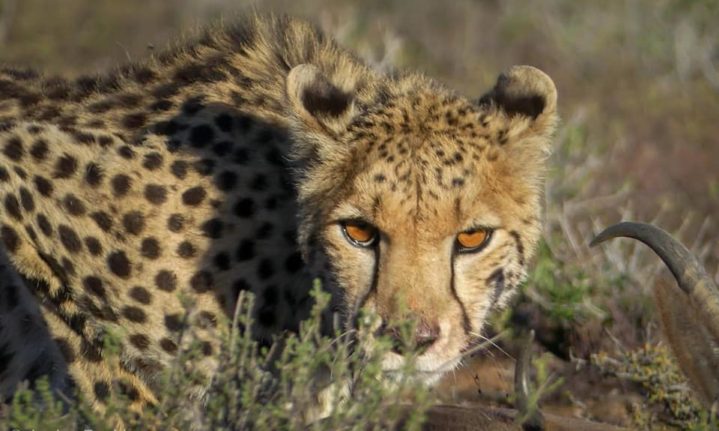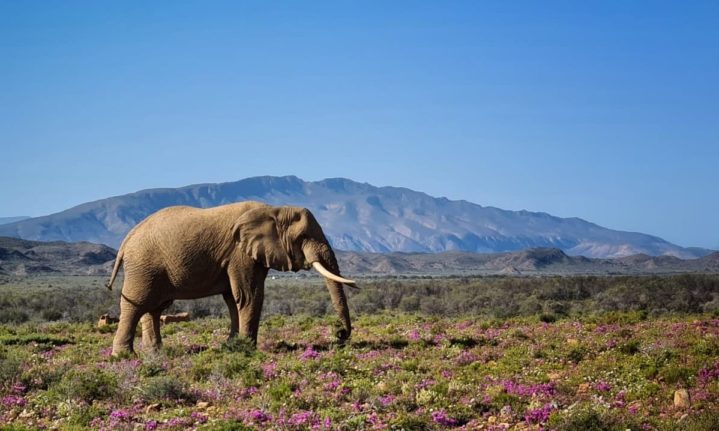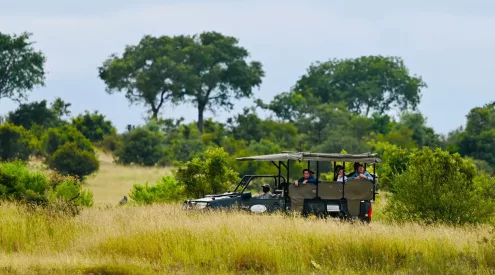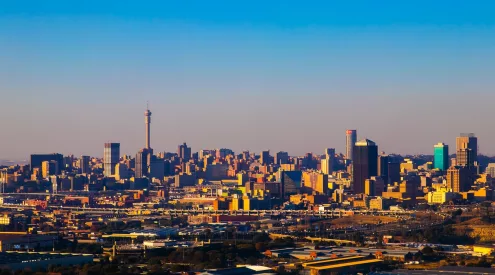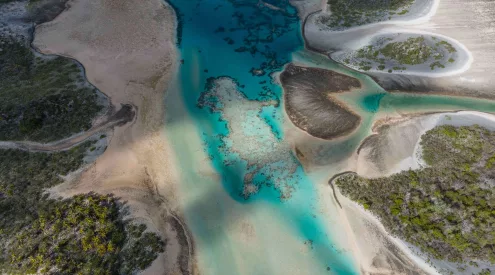What happens when a commercial five-star safari lodge is transformed into a non-profit company? I was curious as to how such a setup would work, so I paid a visit to Sanbona Wildlife Reserve in the Western Cape.
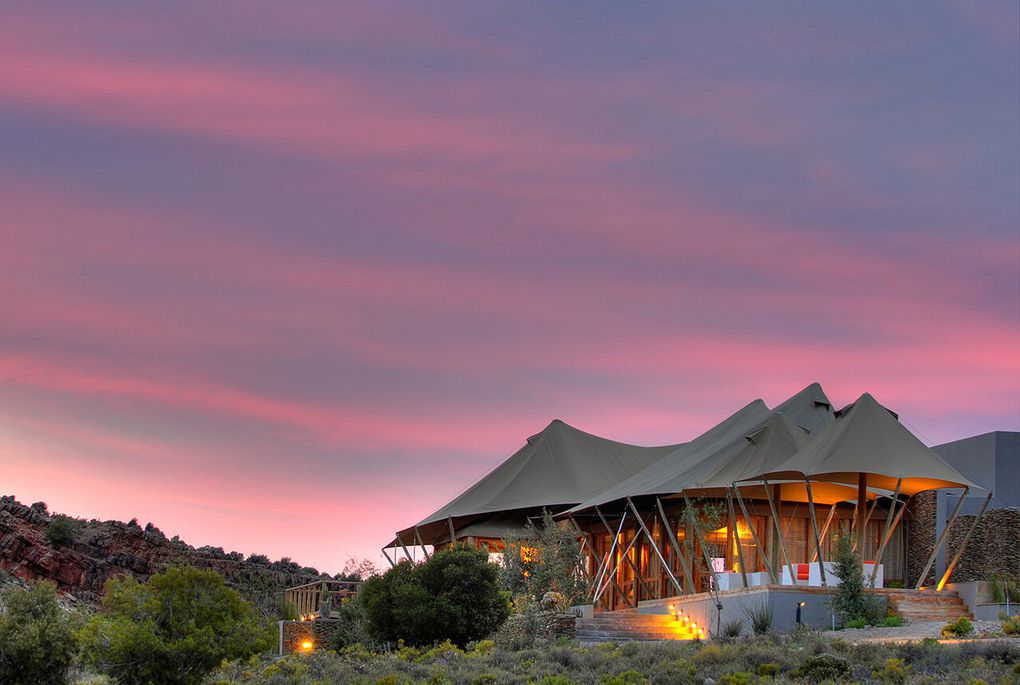
Sanbona is owned by the non-profit CALEO Foundation, and the owner (a Swiss philanthropist) decided to register it as an NPC, ‘as this transfer significantly enhances the prospects of the reserve being preserved as a wilderness refuge indefinitely,’ the Reserve says. The registration was finally completed in 2021 and the Reserve is now governed by a Protected Area Management Agreement in partnership with CapeNature’s Biodiversity Stewardship Programme.
It’s a refreshing change of scenery when a five-star lodge in a Big 5 nature reserve lacks the usual profit-hungry undertone that drives so many others.
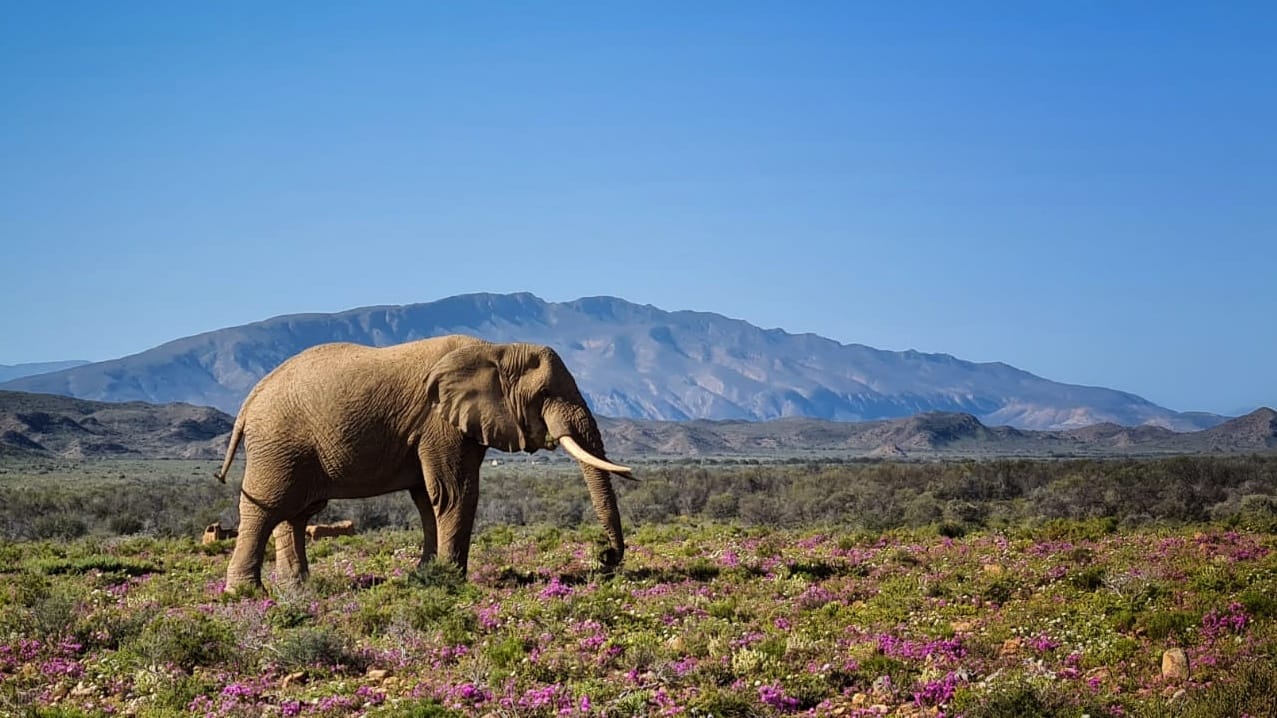
Instead, revenue from the hospitality business will continue to be invested in Sanbona NPC. In effect, all funds generated by tourism at Sanbona are injected directly into the ongoing protection of wildlife and the environment through various conservation projects.
And there is a myriad of incredible fauna and flora to behold, that’s for sure. The Reserve includes two global biodiversity hotspots: Succulent Karoo and Fynbos, which encompass many unique microhabitats like quartz patches that support rare and threatened succulent species occurring nowhere else on earth.

Here, our guide would regularly stop during game drives to point out even the smallest little plant, and embark on a fascinating story around its history and how the San people used it thousands of years ago. His passion was contagious and it wasn’t long before we all started firing away with questions, urging him to tell us more about the ‘bababoutjies’, aloes and the various species of crassula we came across.
Management also has exciting animal conservation projects in the pipeline, like establishing the most genetically diverse Cape mountain zebra population in South Africa – putting them at the forefront of conservation.
‘Being range-restricted, the last three remaining populations of Cape mountain zebra were limited to Mountain Zebra National Park (Cradock), Kamanassie and Gamkaberg nature reserves. These three parks were all established to protect the last remaining Cape mountain zebra,’ the Reserve says. But this also means those three population groups have never mixed with any other zebras, significantly limiting the gene diversity and overall population health.
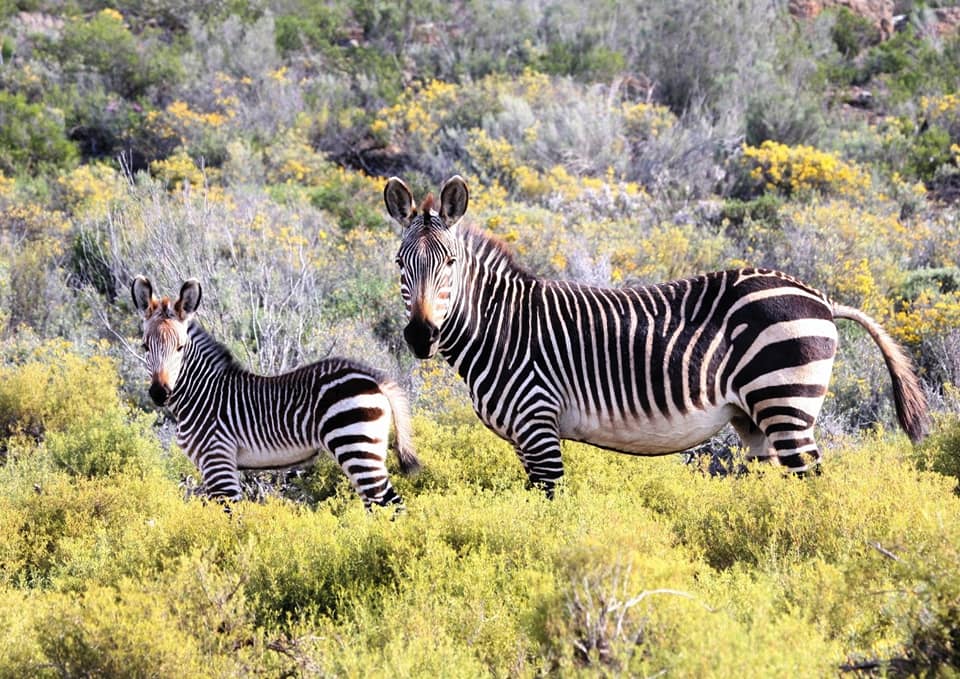
Historically, it was thought best practice to keep populations genetically isolated, but time has shown otherwise: the longer a population is isolated, the more restricted its breeding success.
In recent years, 28 zebra were translocated to Sanbona and released onto the 25 000ha predator-free southern section of the Reserve. These newcomers with Cradock-Kamanassie origin joined two resident Cape mountain zebras. Then in 2018, another 10 animals were introduced to the Sanbona population to provide genetic diversity and breeding competition. After the initial introduction challenges, they have bred successfully.
Now, Sanbona is assisting CapeNature in managing the Gamkaberg population, where too many stallions are limiting breeding. This is the only population that has not had an opportunity to crossbreed with the other two sources. Some of these stallions will be introduced to a herd of Sanbona’s Cradock-Kammanasie mares in a separate management area to the already established population.
This move will incorporate the Gamkaberg genetics into the mix and blend all three sub-populations, without diluting the Gamkaberg gene pool. If all goes well, Sanbona will be home to the most genetically diverse Cape mountain zebra population in South Africa.
Aside from the spunky, genetically-improved zebra, Sanbona is also home to other grazers like eland, gemsbok, springbok, and buffalo. Birders, turn your binocs this way. If winged creatures are your Achilles’ heel, you can scout for cinnamon-breasted warblers, booted eagles, southern grey tit, Namaqua sandgrouse, black-winged stilts and the list goes on. And yes, all the magnificent big cats are there, as well as hippo, elephants, giraffes and rhino – and even very rare animals like the brown hyena and riverine rabbit.
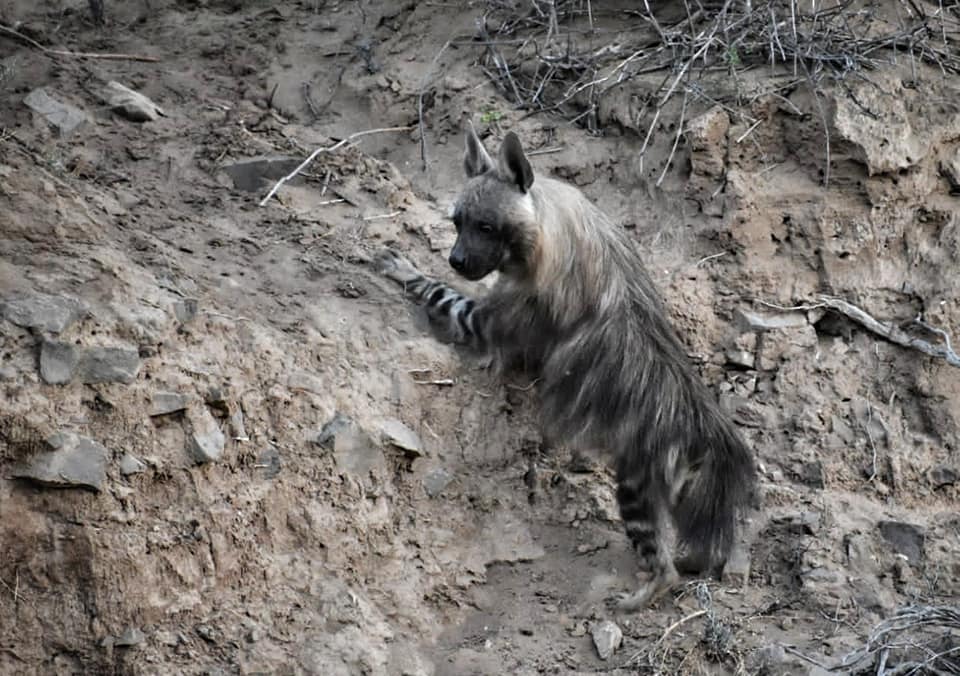
With such an array of precious wildlife, Sanbona knows they have to be vigilant. Most reserves have anti-poaching units, but especially a reserve with both black and white rhino, as well as elephants need to keep their wits about them. And Sanbona’s anti-poaching unit is a force to be reckoned with. Their rangers go through an unforgiving interview round, followed by a long set of tests and rigorous training for a group of shortlisted candidates that whittle down quickly.
‘With each [of their previous two] recruitment drive(s), over 400 applicants were interviewed, and of these about 150 were invited to participate in a pre-selection event. The participants were required to be mentally and physically fit and strong, disciplined and punctual, along with having a strong desire to be committed to Sanbona’s conservation efforts,’ Sanbona says.

‘After the three-week selection process, only the toughest and fittest candidates made it to the next round and progressed to Field Ranger training. Only on completion of the final leg of extensive in-field operations, do the candidates join the Sanbona Wildlife Reserve Anti-poaching Unit.’
Sanbona could easily be called the best wildlife reserve in the Western Cape – by a long shot. No cages or ‘enclosures’ too small to support the number of animals in it, and certainly no feeding of predators or any human-wildlife interactions whatsoever. Every activity on offer is planned first and foremost with the welfare of the animals in mind. No self-drives are allowed and even the rangers are strictly confined to the designated pathways, which means no off-roading and possibly destroying vulnerable plant life or disturbing animals. Their ethics are of the highest standard, and so are the service, accommodation and sense of awe with which you leave.
Contact
Call +27 21 010 0028 or email [email protected]
You can visit their website here.
Rates start from R4,550 per person per night for South African citizens. This rate is all-inclusive, and covers:
- All meals per day and all non-alcoholic beverages
- Twice daily nature drives and on-drive beverages
- Guided wilderness walks
- VAT and Tourism Levy
- Excludes Daily Conservation Levy
Pictures: Sanbona Wildlife Reserve
ALSO READ









